The Problem of Quantum Mechanics and Relativity Theory Not Being Compatible
Yes, these two don't love each other. They fight all the time. Yet, we're always waiting for them to get married and have children.
Joking aside, the most unknowable part of the Big Bang theory (don't be fooled by the name "explosion"; there's no explosion; it's a model of the universe that suddenly began to expand. I'll write about that sometime. Many people know it as the universe that came from nothing or the universe that exploded) is the moment of the Big Bang. At that moment, the universe was compressed into a particle-sized space. There was no matter, only pure energy, infinite mass, and infinite temperature. Of course, we can't know whether it's infinite or not, but it's called infinite because it's larger than we can measure. Keep this point in mind. I'll touch on this later in the article.
First, let's keep this in mind: Relativity theory works in the macrocosm, that is, on large objects, while quantum mechanics works in the microcosm, that is, on subatomic particles. Relativity theory works at the subatomic level, while quantum mechanics cannot be used in the macrocosm.
For example, in quantum mechanics, subatomic particles can be everywhere in the universe simultaneously. And indeed, they are. Let's take the vacuum, which we call the void of all matter—not even air—as an example. Observations made there revealed that there was, in fact, complete activity at the subatomic level. Particles were appearing and disappearing in that space, which we call emptiness and nothingness. (From this, two scientists developed the idea that nothingness isn't actually as we know it, but rather an entity, and that the universe could have come into being from nothing through quantum fluctuations—in other words, it wasn't from nothing as we know it—but some people came up with the idea that the universe came into being from nothing, and they uttered nonsense.) But when we come to larger objects, for example, we see that this isn't quite the case, right? I mean, we can't be everywhere at all times, after all.
Here's the reason for this. For example, there's a formula that describes how long it takes for an object to disappear and reappear at a distance of 1 cm. You divide the object's mass by the Planck constant. The Planck constant is 10 to the -32 power. So, write 0, then put 32 zeros and a 1 after the decimal point. 0.00000000000000000000000000000000001. That's the number, and it's very small (I might be remembering Planck's constant incorrectly. After all, it can be interpreted differently according to each theory of physics. For example, from here (You can check this.) Because the mass of a particle is so small, when divided by this number, it disappears and reappears elsewhere in a very short time. However, in large objects, the amount of mass is incredibly large, so this time is enormous. For example, it would take trillions of years for you to instantaneously exist at a distance of 1 cm.
For this and many other reasons, quantum mechanics and the theory of relativity cannot be combined. We cannot explain the subatomic world with relativity theory, nor can we explain the macrocosm with quantum mechanics. But there is a moment when we must combine the two. The moment of the Big Bang, which you mentioned at the beginning. From the moment of the Big Bang, the entire universe was compressed into a very small space. In other words, the macrocosm within the microcosm. Therefore, it is impossible to explain this moment with just one. The two cannot be combined. This is where our problem stems.
There have been many attempts to find a theory of everything. Einstein tried very hard, but he couldn't. If he were around now, he would certainly discover many things, because quantum mechanics is very advanced now, but in his time, it was still in its infancy.
Over time, many theories have emerged for the theory of everything. String theory, m-theory, and many others I can't even think of right now. All of them are currently far from proven. But everything is learned over time. If we had dismissed them because they couldn't be proven (which is not how science works), the Higgs boson, when proposed 50 years ago, would have been shelved because it couldn't be proven, and we would never have discovered it at the Large Hadron Collider. The Standard Model, on the other hand, would never have discovered the particles that carry gravity.
I'll explain those theories another time. For now, have a good day, everyone.

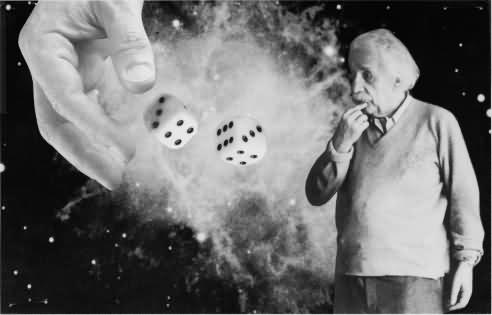
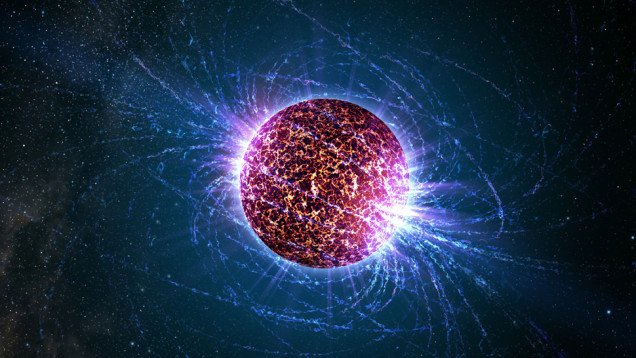
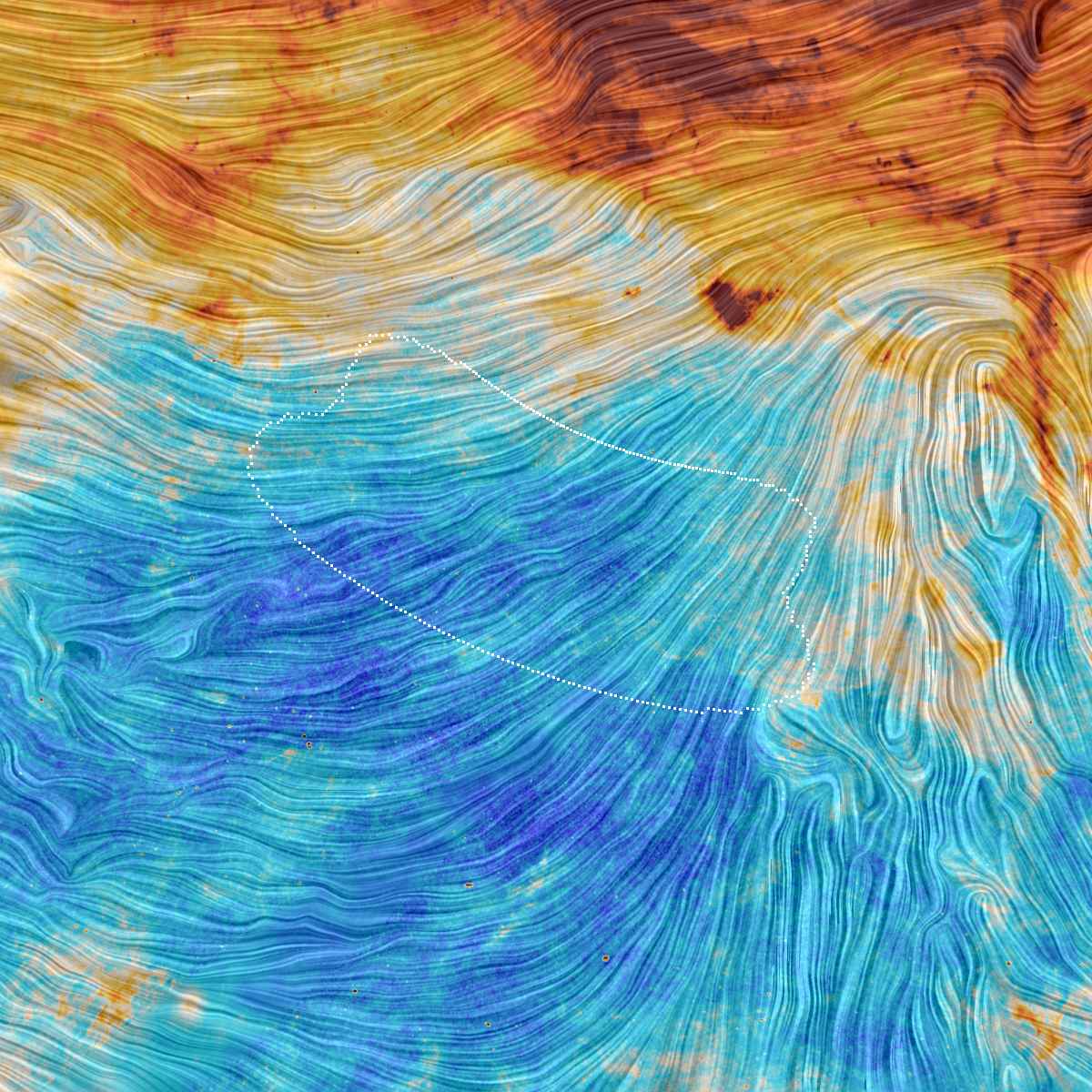
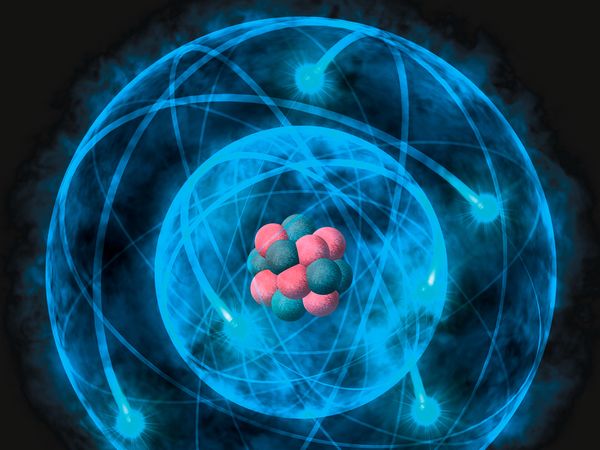

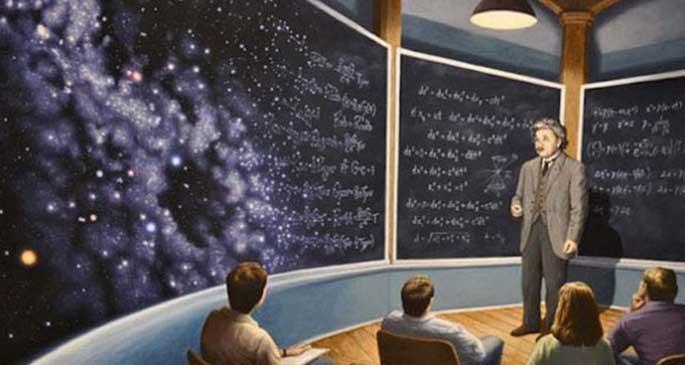



http://en.wikipedia.org/wiki/Relativistic_quantum_mechanics
Thank you, Mr. Ebubekir, for the link. Quantum Relativity alone is the unification of special relativity and quantum physics. Since it couldn't be combined with general relativity, they combined the first theory, which lacks gravity, with special relativity, rather than Einstein's general relativity, which included gravity. This is how the standard model was created.
But unfortunately it could not be combined with general relativity.
[…] I've already mentioned it. I'm also updating my other article, "The Problem of Quantum Mechanics and Relativity Not Being Compatible," which I previously covered but was insufficient. As a constantly evolving and learning individual, I've also […]
[…] Abdus Salam, Sheldon Glashow, and Steven Weinberg demonstrated that the weak nuclear force and the electromagnetic force were essentially the same, and they discovered the electroweak force. This unified force, the electroweak force, earned them the Nobel Prize in 1979. They essentially demonstrated that these two forces are indistinguishable at high temperatures (around 10-18 degrees Celsius, if I recall correctly, and by the way, I finally figured out how to write exponents) or at distances of 3x10-13 m. The only reason we see the difference is because the carrier particles have different masses. Eventually, the strong nuclear force joined this unification. The only goal now is to incorporate the gravity of general relativity into this unification and thus develop a unified field theory.… Read more »
God bless your hands